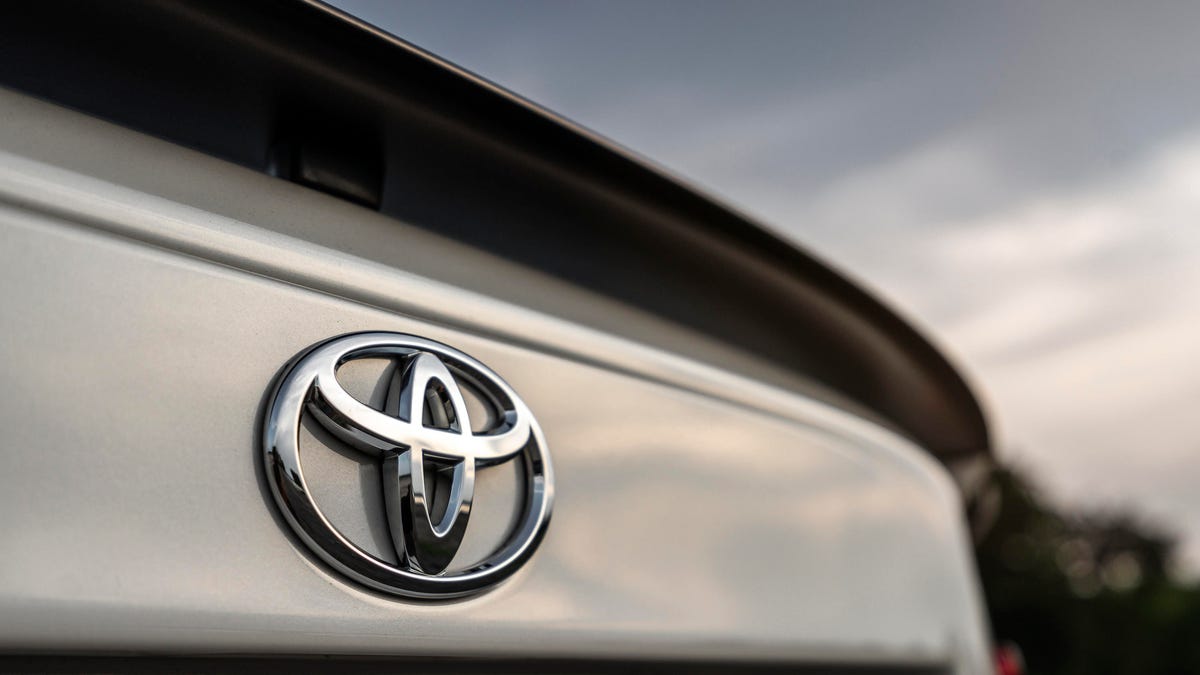Toyota's new tech helps curb accidental acceleration
In those times when drivers get the brake and accelerator pedals confused, Toyota's tech can stop a crash.
Toyota wants to see unfortunate crashes involving a mixup of the brake and accelerator pedals come to an end. On Monday, the automaker announced a new technology it said keeps a watchful eye on what drivers request of the car's basic controls.
The fact of the matter is, these kinds of crashes aren't uncommon. Drivers accelerating from a quick stop may occasionally stab the accelerator too aggressively, or perhaps hit the gas during a turn when they mean to slow down some. The safety net Toyota developed exists in a what it calls the Acceleration Suppression Function (ASF).
The new system works with current technology Toyota produces, called Intelligent Clearance Sonar, which helps detect walls and other vehicles when acceleration quickly. The new system, however, works without detecting any object. After Toyota engineers analyzed instances where drivers provided abnormal acceleration inputs (translation: accelerating without the intention to), the automaker identified and programmed these instances into the ASF system.
The technology looks at three key areas: vehicle speed, the speed at which the driver applies pressure to the accelerator pedal and the angle a driver applies the pressure. If the ASF detects something wonky, the tech kicks in to deny unintended acceleration from the driver.
Toyota also said it used big data collected from vehicles in the real world to give the technology brains. ASF will know better when the driver actually wants to accelerate quickly for instances during regular driving, such as merging or passing.
The technology will first roll out to cars in Japan, according to the company. New vehicles will feature the system as standard, and Toyota plans for a retrofit function to use with existing cars starting this summer.


